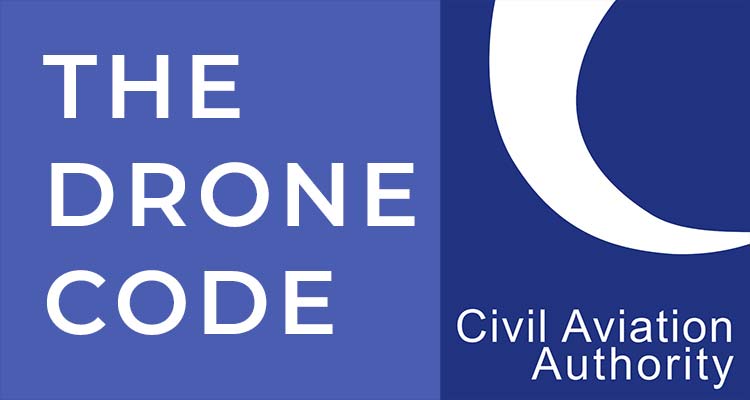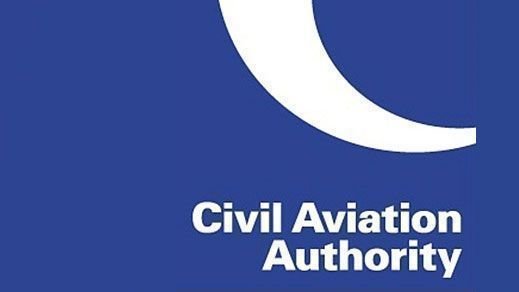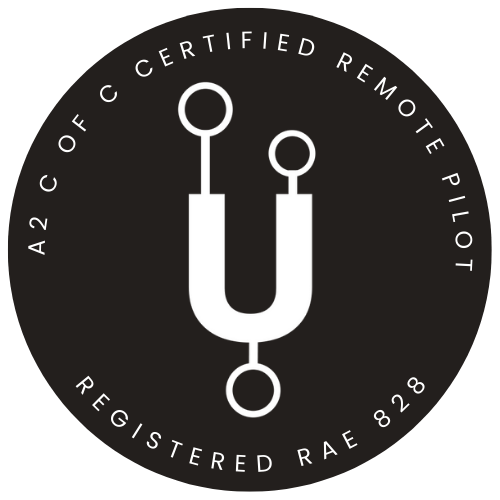The UK Drone Code is a set of guidelines developed by the Civil Aviation Authority (CAA) that outlines the rules and best practices for operating drones safely and responsibly in the United Kingdom. The code is intended to help drone pilots fly their devices in a way that minimizes the risk of accidents and collisions with other aircraft, people, or property
The UK Drone Code consists of the following five key principles:
Always keep your drone in sight: This means you should never fly your drone beyond your visual line of sight.
Stay below 400ft (120m) and follow airspace restrictions: Drones should not fly higher than 400ft or 120m above ground level, unless you have permission from the CAA. You should also be aware of any airspace restrictions, such as those around airports or other sensitive areas.
Keep your drone away from aircraft, airports and airfields: Drones should not be flown near aircraft, airports or airfields, or in a way that could interfere with their operations.
Respect people’s privacy: You should respect people’s privacy when flying your drone, and avoid taking pictures or videos of individuals without their consent.
Stay well away from emergency situations: You should not fly your drone near emergency situations such as accidents, fires or rescue operations, as this could interfere with the emergency services.
By following the UK Drone Code, drone pilots can ensure that they are flying their devices safely and responsibly, while minimizing the risk of accidents and collisions. It is important to note that failure to comply with the code can result in penalties and legal action.
Drone Licensing
The UK Civil Aviation Authority (CAA) Drone Code does not specify any specific drone license requirements. However, there are certain rules and regulations that drone pilots must follow in order to operate their drones legally and safely in the UK.
Registration: All drones that weigh more than 250g must be registered with the CAA. The registration process involves taking an online test and paying a small fee. Once registered, the drone pilot is issued with an Operator ID (at a small cost of around £10), which must be displayed on the drone.
Drones under 250g don’t always need to be registered, however a Flyer ID is recommended, and is a requirement for drones under 250g which isn’t classed as a toy which do have a camera.
Training: While there is no specific requirement for drone pilots to undergo formal training, the CAA strongly recommends that pilots undergo training from a reputable training provider. This can include classroom training or online courses that cover the basics of safe drone operation, airspace rules and regulations, and emergency procedures.
Permission for Commercial Operations: If you intend to use your drone for commercial purposes, such as aerial photography or surveying, you must obtain permission from the CAA. This involves completing a written application, demonstrating your competence as a drone operator, and providing details of your intended operations.
Permission for Operations in Restricted Airspace: If you plan to fly your drone in restricted airspace, such as near airports or military installations, you must obtain permission from the relevant authorities. This can involve submitting a request to the Air Traffic Control (ATC) unit or military base commander.
Liability Insurance: Drone pilots are not legally required to have liability insurance, but it is strongly recommended. Liability insurance can protect you in the event of an accident or incident involving your drone.
Overall, the CAA Drone Code is designed to promote safe and responsible drone use in the UK. While there are no specific drone license requirements, pilots are expected to follow the rules and regulations outlined in the code, and to take all necessary steps to ensure the safety of people, property, and other aircraft.
To read The Drone Code in full please visit the CAA website.





